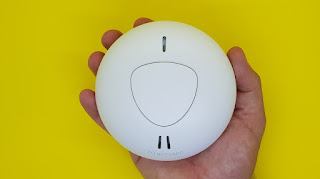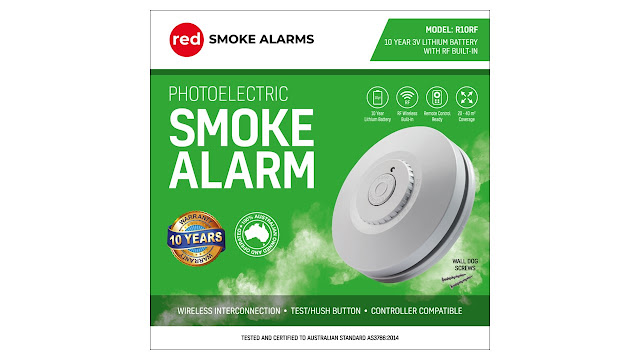Everything you wish you knew before buying a photoelectric smoke alarm
In the first of this multi-part series we will review Australian Standard 3786:2014 and take a look at what it means for smoke alarm conformity in Australia.
The Australian Standard document is broken down into several key components – the two of interest that we will be reviewing throughout this multi-part series are the ‘tests’ and ‘general requirements’ for smoke alarms.
Section 4.17 of the Australian Standard states that; ‘The smoke alarm shall be so designed that a sphere of diameter larger than 1.3 ±0.05 mm cannot pass into the sensor chamber(s)’. This requirement is intended to restrict the access of foreign bodies such as insects into the sensitive parts of the smoke alarm (to prevent nuisance alarms). It is known that this requirement is not sufficient to prevent the access of all insects; however, it is considered that extreme restrictions on the size of the access holes may introduce the danger of clogging by dust, etc.
How does this requirement translate into the design and manufacture of your smoke alarm? The image below shows the compliant internal component from our Premier Range wireless interconnected photoelectric smoke alarm. The stainless-steel mesh surrounds the sensitive photoelectric chamber within the alarm and contains thousands of tiny holes, each perfectly engineered, no larger than 1.3mm in diameter. The tiny holes prevent most insects from accessing the internal chamber whilst still allowing air (and smoke) to pass through.
 |
| Mesh screen surrounding the photoelectric smoke alarm internal sensor chamber |
 |
| As per Australian Standard 3786:2014 - holes must be no larger than 1.3mm diameter |
 |
| Design feature of this smoke alarm incorporates a grill into the external housing |
 |
| This exterior grill prevents larger foreign bodies from entering the smoke alarm |




Comments
Post a Comment